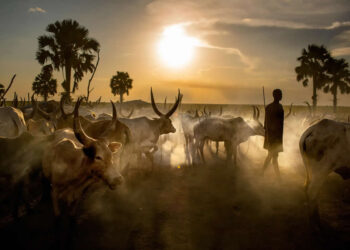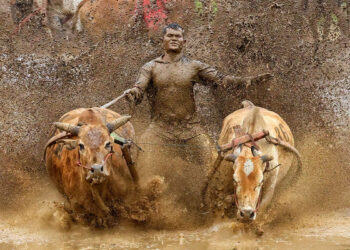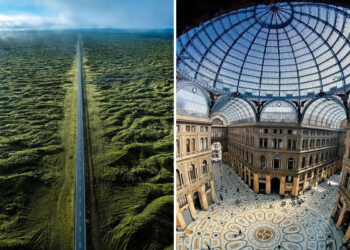Every year on August 19, photographers around the world celebrate World Photography Day — a day dedicated to the art, science, and history of capturing light. Photography is more than just pressing a button; it is a language of memory, emotion, and storytelling. From its earliest experiments in the 19th century to today’s digital revolution, photography has continually evolved, transforming the way we document the world.
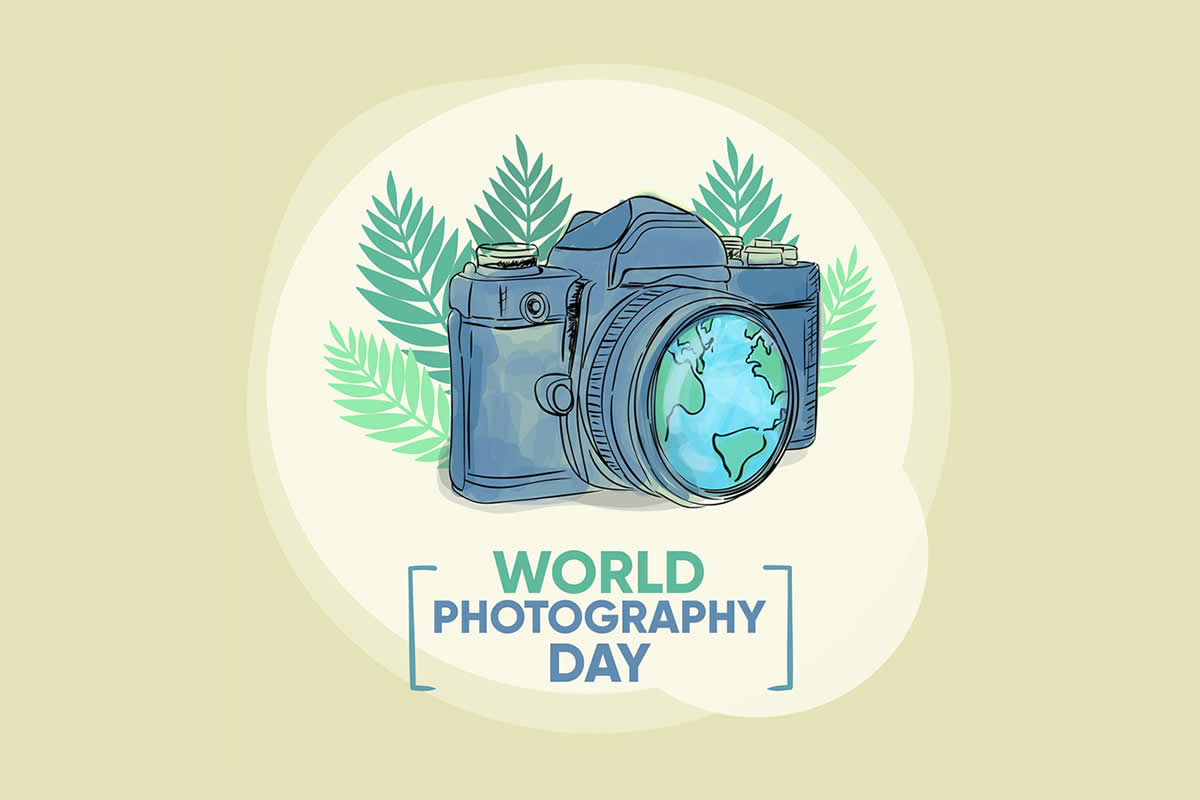
The history of photography is not just about technology but also about humanity’s endless quest to preserve time. It began with crude experiments of light-sensitive materials and gradually advanced into processes that made images permanent and accessible. Each invention — from the daguerreotype to film photography, from color images to digital sensors — marked a new milestone that reshaped art, communication, and culture.
Photography democratized memory, making it possible for ordinary people to capture extraordinary moments. It became an essential tool for journalism, science, advertising, and personal storytelling. Iconic photographs have shaped history, influenced public opinion, and preserved cultural heritage in ways no other medium could achieve.
On World Photography Day, we not only celebrate the craft but also honor the pioneers whose innovations made it possible. Their experiments laid the foundation for the cameras we carry in our pockets today. This journey of photography is filled with stories of creativity, discovery, and transformation. By revisiting its history, we gain a deeper appreciation for the images we create and share daily.
In this article, let us walk through the ten important stages of photography’s history — each one a stepping stone that brought us closer to the universal art form we now celebrate worldwide.
1. The Birth of Photography (1826)
The history of photography begins with Joseph Nicéphore Niépce, who captured the first permanent photograph in 1826 using a process called heliography. This groundbreaking image, titled View from the Window at Le Gras, required an eight-hour exposure. Though crude and faint, it marked the dawn of photography as an art and science. Niépce’s achievement proved that light could etch images onto a surface, sparking curiosity across Europe. His collaboration with Louis Daguerre would soon pave the way for more practical techniques, giving birth to photography as we know it today.
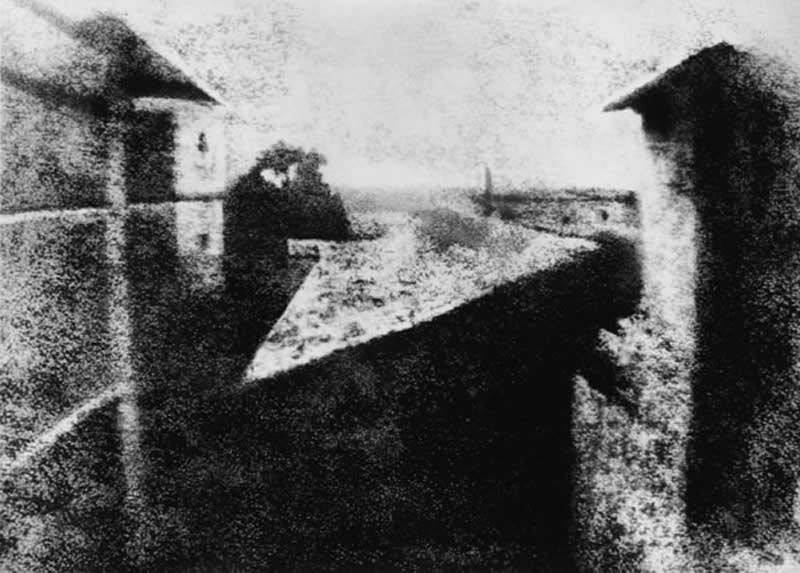
The first photograph ever taken by Joseph Nicéphore Niépce (1826), Source: Cultural Heritage
2. The Daguerreotype Revolution (1839)
In 1839, Louis Daguerre introduced the daguerreotype, a method that reduced exposure times to minutes instead of hours. It produced highly detailed images on silver-plated copper sheets, making portrait photography accessible to the public. For the first time, ordinary people could have their likeness preserved without the need for painted portraits. Daguerre’s invention spread rapidly, with studios opening across Europe and America. Though fragile and costly, daguerreotypes marked the beginning of photography as a popular medium, inspiring countless innovations that followed.
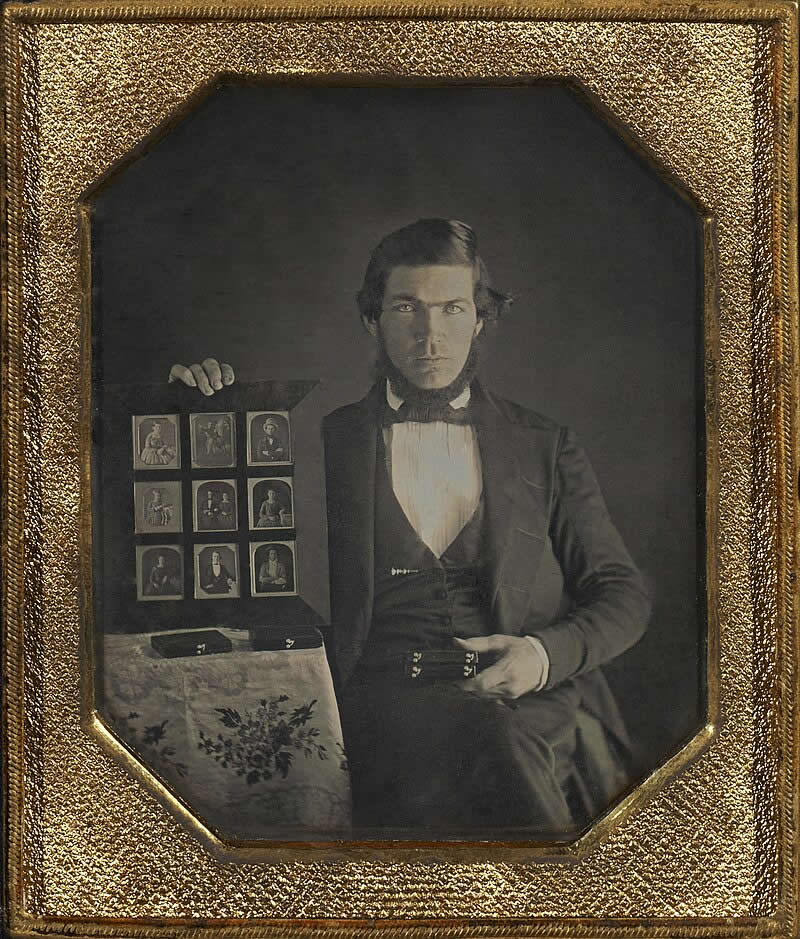
Daguerreotype portrait of a daguerreotypist displaying daguerreotypes and cases pictured in an airtight frame, Source: Wikipedia
3. The Wet Plate Collodion Era (1851)
The wet plate collodion process, introduced by Frederick Scott Archer, revolutionized mid-19th-century photography. It allowed multiple copies of an image to be made, unlike the one-of-a-kind daguerreotype. The process also produced sharper and more detailed negatives. However, photographers had to prepare and develop plates on-site while still wet, requiring portable darkrooms. Despite its challenges, the wet plate process became widely adopted, especially in portraiture and landscape photography. Many of the iconic Civil War photographs and early explorations of the American West were captured using this technique.
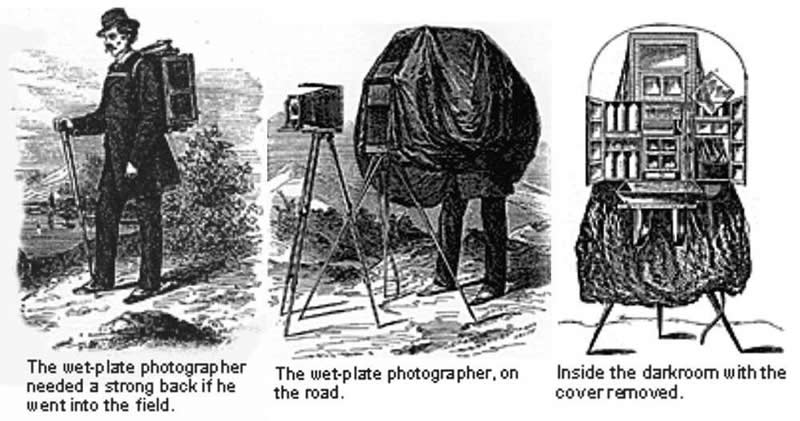
Early wet plate collodion photography setup, Source: PBS
4. The Rise of Dry Plates (1871)
By the 1870s, the invention of dry gelatin plates by Richard Leach Maddox made photography more convenient. Unlike wet plates, they did not require immediate development, allowing photographers greater freedom and mobility. Dry plates were faster, more sensitive to light, and ideal for handheld cameras. This advancement fueled the growth of amateur photography, as cameras became smaller and easier to use. The era of carrying heavy darkroom equipment slowly faded, paving the way for widespread adoption and experimentation.
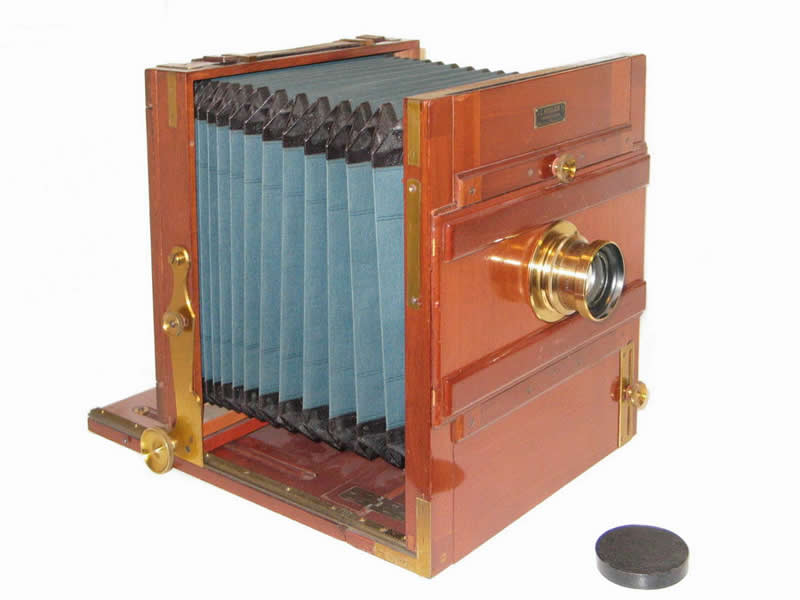
A Reisekamera capable of using dry plates, Source: Wikipedia
5. The Kodak Revolution (1888)
Photography took a massive leap forward when George Eastman introduced the Kodak camera in 1888 with the slogan, “You press the button, we do the rest.” For the first time, photography became accessible to the masses. Kodak’s roll film allowed hundreds of exposures without the need for complex plate changes. This innovation democratized photography, enabling everyday people to document their lives. Family portraits, vacations, and personal milestones could now be preserved with ease. The Kodak revolution laid the foundation for modern snapshot culture.
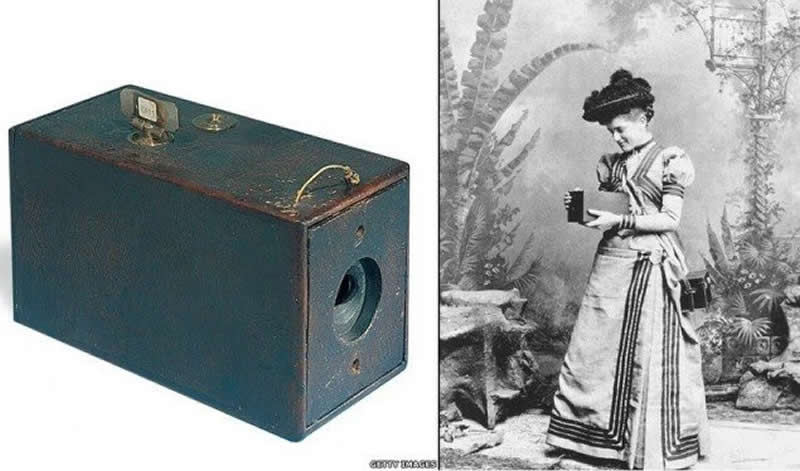
On September 4, 1888, George Eastman received the patent for his Kodak camera, which revolutionized photography. Source: Koha
6. The Invention of Color Photography (1861–1907)
Though black-and-white photography dominated for decades, inventors sought ways to capture color. In 1861, James Clerk Maxwell produced the first color photograph using a three-filter system. Later, in 1907, the Lumière brothers introduced the Autochrome process, which made color photography commercially viable. Color images brought a new dimension of realism, transforming fields like advertising, fashion, and art. By the mid-20th century, color film became increasingly affordable and popular, forever changing how the world was documented and remembered.
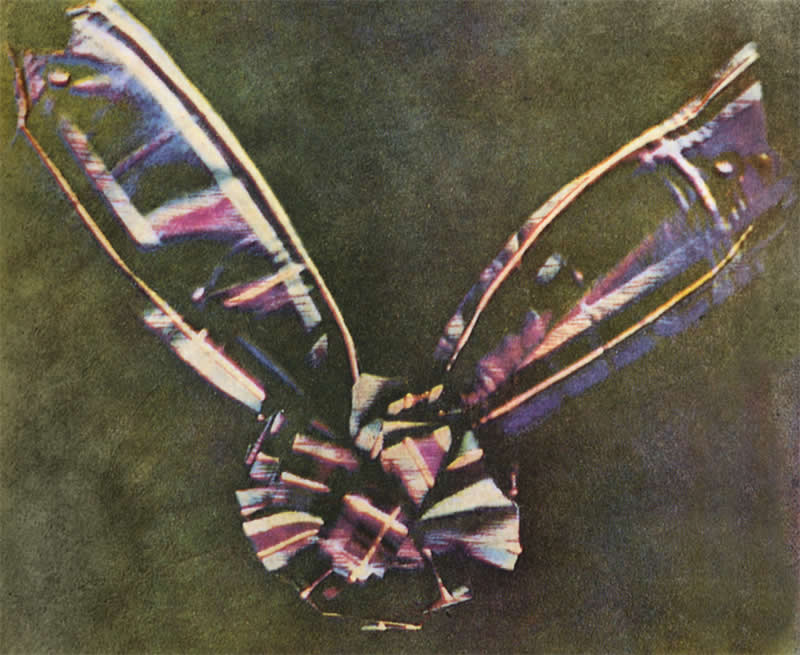
The first color photograph made by the three-color method suggested by James Clerk Maxwell in 1855, taken in 1861 by Thomas Sutton. The subject is a colored ribbon, usually described as a tartan ribbon. Source: Wikipedia
7. Photography as Art (Early 20th Century)
As photography matured, debates arose over whether it was purely mechanical or capable of artistic expression. Movements like Pictorialism in the late 19th and early 20th centuries emphasized composition, mood, and creativity. Photographers such as Alfred Stieglitz and Ansel Adams elevated photography into fine art, using it as a medium for self-expression. This recognition established photography as a respected art form alongside painting and sculpture, leading to exhibitions in galleries and museums worldwide.
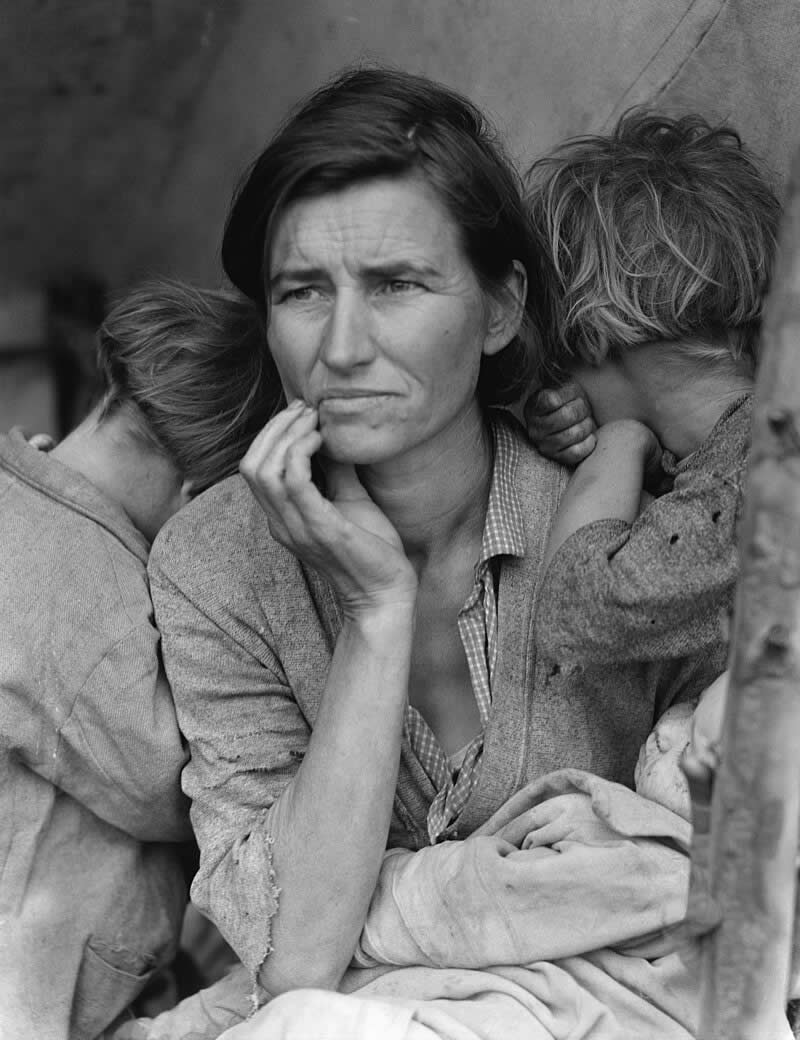
Migrant Mother is a photograph taken in 1936 in Nipomo, California, by American photographer Dorothea Lange. Source: Wikipedia
8. The Golden Age of Photojournalism (1930s–1950s)
The mid-20th century marked the Golden Age of Photojournalism, with publications like Life and Time magazine showcasing powerful images that shaped public opinion. Photographers such as Dorothea Lange, Robert Capa, and Henri Cartier-Bresson captured defining moments of history, from the Great Depression to World War II. Their work proved photography’s ability to inform, inspire, and influence society. This era demonstrated the power of images to tell stories that words alone could not fully express.
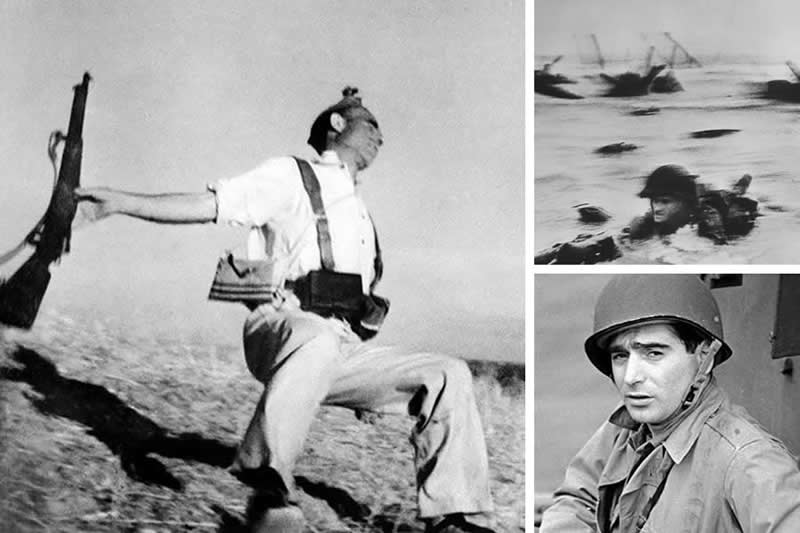
The Falling Soldier (full title: Loyalist Militiaman at the Moment of Death, Cerro Muriano, September 5, 1936) is a black-and-white photograph taken by Robert Capa. Source: Wikipedia
9. The Shift to Digital Photography (1975–1990s)
The first digital camera prototype was created in 1975 by Steve Sasson at Kodak. Though primitive, it marked the beginning of the digital era. By the 1990s, digital cameras became commercially available, revolutionizing the industry. Photographers no longer relied on film, and images could be instantly viewed, edited, and shared. This shift fundamentally changed workflows, making photography faster and more accessible. The rise of digital technology also sparked new creative possibilities, from advanced editing software to experimental techniques.

The world’s 1st digital camera, invented in 1975 by Steve Sasson at Kodak, took 23 seconds to save its 100×100 pixel b&w images onto a standard audio #cassette, which played them back onto a TV monitor. Source: Museum of Portable Sound
10. The Smartphone Photography Era (2007–Present)
The introduction of the iPhone in 2007 ushered in the smartphone photography revolution. Equipped with increasingly powerful cameras, smartphones made photography a daily ritual for billions worldwide. Social media platforms like Instagram and TikTok turned images into a universal language, enabling instant sharing and global reach. AI-driven enhancements, computational photography, and cloud storage continue to transform how we capture and preserve memories. Today, photography is more democratic than ever, allowing anyone with a phone to become both creator and storyteller.
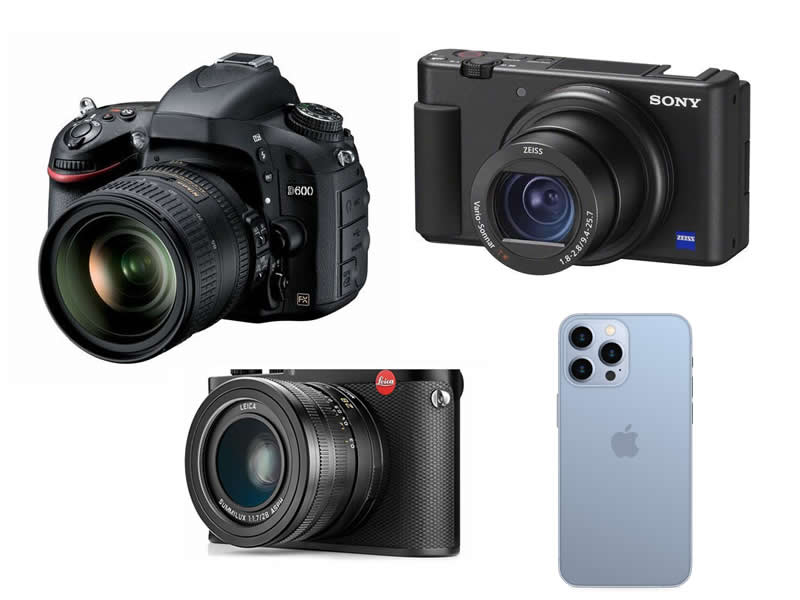
Conclusion
The story of photography is a journey of human curiosity, creativity, and innovation. From Niépce’s grainy window view to the billions of images we share daily on smartphones, photography has evolved into one of the most powerful mediums of expression. It has recorded history, shaped culture, influenced politics, and given voices to people across generations.
World Photography Day is not just a celebration of cameras and images but of the human desire to capture time, preserve memory, and tell stories. Each era — whether daguerreotypes, film, or digital sensors — represents a milestone that has brought photography closer to people’s lives. What once was a rare art reserved for scientists and professionals is now a universal language available at everyone’s fingertips.
As we celebrate this day, let us honor the pioneers who laid the foundations of photography, the masters who elevated it into art, and the countless enthusiasts who continue to push its boundaries today. Photography is not just about technology — it is about seeing, feeling, and connecting. And as long as there are moments worth remembering, photography will remain timeless.


